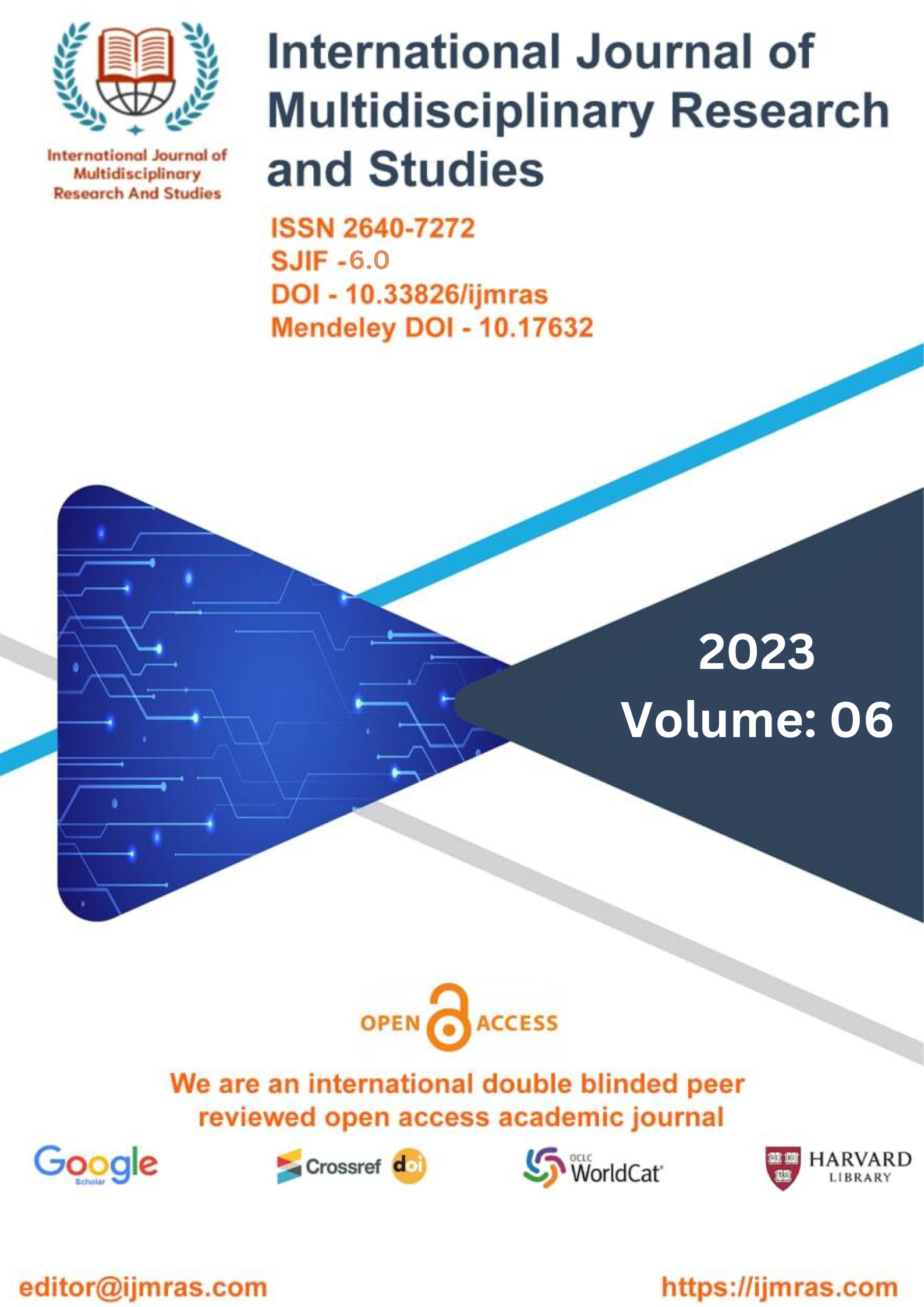Research on the Upper Secondary Education Provided by Private Institutions in Ho Chi Minh City, Vietnam

Abstract
Social groups, socio-professional groups, economic groups, and individuals can all create private educational institutions with the approval of the appropriate governmental bodies. The non-state budget is where private schools acquire the money they need to invest in infrastructure and keep the lights on. The primary goal of this research is to conduct an empirical evaluation of private high schools in Ho Chi Minh City, Vietnam. The author used information from completed research as secondary sources. The findings of the study indicate that I the number of students in each class and the number of teachers at each school; (ii) the number of administrative staff members and teachers; (iii) the number of classrooms and other learning spaces; and (iv) the actual implementation of various educational activities, such as the creation of action plans and the delivery of lessons on topics such as career preparation and extracurriculars. Some suggestions are made to enhance private postsecondary education in light of the results.
Keywords
Education, Private Upper Secondary, School, Class, TeacherHow to Cite
References
Anh, T. T. T. (2006). The current situation and solutions to strengthen and develop non-public schools specializing in preschool, general education and professional education in Hanoi. Journal Science and Education, 121, 15-18. [Vietnamese]
Binh, N. X. (2002). Study on education reform in Korea. Social Science Publishing House, Hanoi. [Vietnamese] Central Committee of Thought and Culture (2001). Research document of the 11th Party Congress. National
Political Publishing House, Hanoi.
Dan, N. V. (1998). Some urgent issues in the organization and management of people-founded high schools.
Journal of Information Science Education, 67, 24-28. [Vietnamese]
Glewwe, P., & Patrinos, H. A. (1998). The Role of the Private Sector in Education in Vietnam, World Bank. HoChiMinh city’ Department of Education and Training (2015). Report No. 776/GDDT-QLCSGD Nonpublic, March 24, 2015. [Vietnamese]
James, E., & Benjamin, G. R. (1988). Public policy and private education in Japan, Macmillan. Le Grand, J. & Bartlett, W (1993). Quasi - Markets and Social Policy, Macmillan, London.
Lockheed, M., & Jimenez, E. (1994). Public and Private Secondary Schools in Developing Countries: What are the differences and why do they persist, World Bank, Human Resources Development and Operations Policy. Wolff, L., Navarro, J. C., González, P. (2005). Private Education and Public Policy in Latin America, Washington,
DC: Partnership for Educational Revitalization in the Americas – PREAL. Web: http://truongtructuyen.edu.vn/
Y, N. N. (1999). Vietnamese Great Dictionary, Cultural Information Publishing House [Vietnamese]
License
Copyright (c) 2023 THI MAI PHUONG LE

This work is licensed under a Creative Commons Attribution 4.0 International License.
Individual articles are published Open Access under the Creative Commons Licence: CC-BY 4.0.



